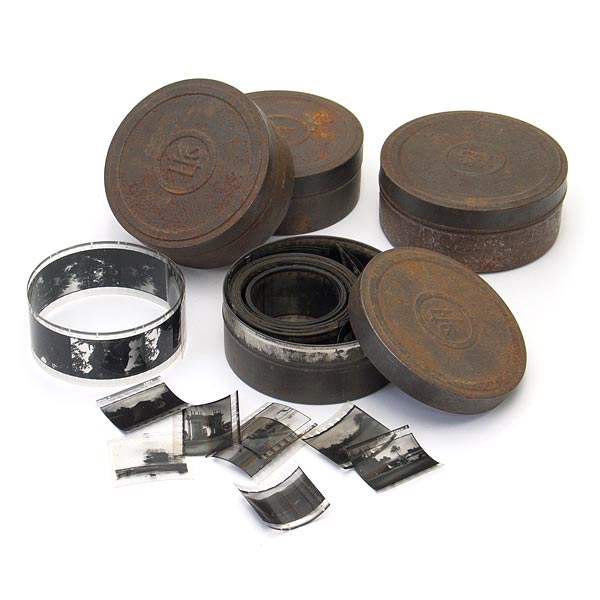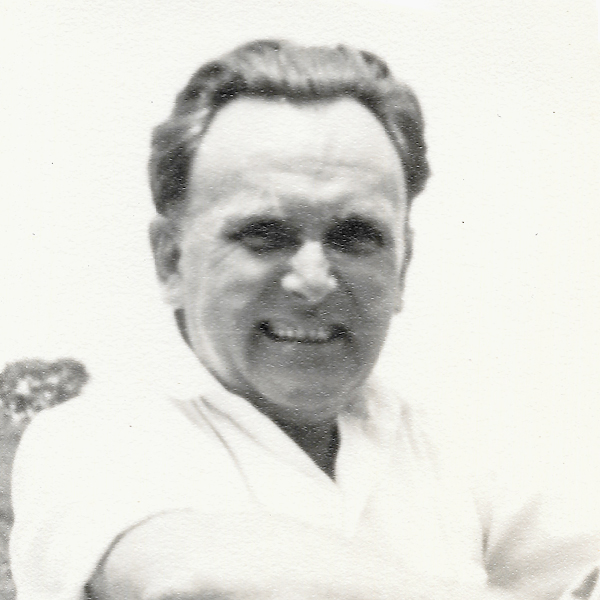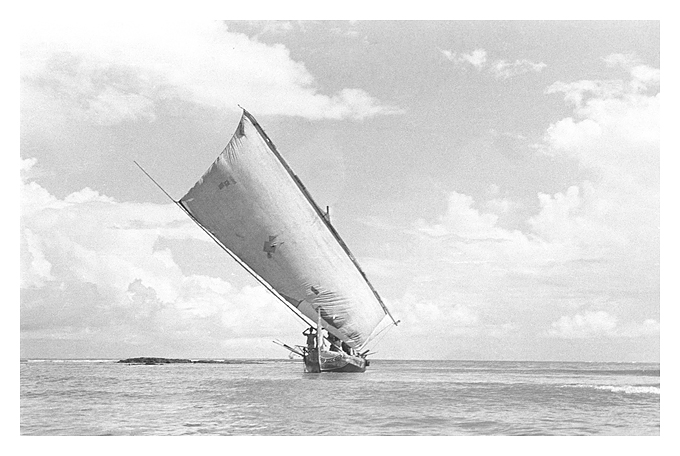This website would not have been possible without the help of others. I would like to thank the following persons or organisations for their help.

the prologue
In the nineties of the last century I owned a photo studio and shop in the village of Rijsbergen near the town of Breda in the Netherlands. Amongst my regular customers was an elderly lady who lived in a nice small house in a forest lane at the edge of the village. She was a widow who lived alone and when she came to have her pictures developed she enjoyed having a conversation from time to time. On one occasion she mentioned having an old collection of negatives and slides in her attic that had belonged to her uncle and came into her possession after his death. She briefly told me the story behind it and asked me if I would be interested in taking the collection off her hands because she was afraid the archive would be lost at any point in the future. A few weeks later I visited her and received the archive of photographic material. I promised her that if the images were of any interest there would come a time that I would share the images with a wider public.In 2015, almost 20 years had past, this small archive comes to life with this website.

the man
Andries Wybren van Dijk was born on the 17th of June 1904. He joined the army in 1924. At a later age he became an officer. In 1938 he boarded the M.S. Dempo to be stationed in The Dutch Indies. Although there are no records of his daily activities in that period, according to what is known he did a lot of work for the Army Photographic Division. At some point he lived in Deli with his wife the Dutch writer Jo Manders who he married in 1929. Some of his photographic work may date from that period.It was no easy life in the period of the Japanese occupation. During the time Andries was stationed in The Dutch Indies his wife Jo travelled to Australia in 1941 for a period of three months. After her return she was, like many women en children, held in a Japanese internment camp. First in Tsjimahi then in Bandung and later in Semarang. Andries was also interned at that time. The liberation in August 1945 was for Andries and Jo the start of a restless period of travelling and moving house. For a while they lived in Australia, later in Sinagali, West-Java and Bandung. They returned to the Netherlands in the fifties and bought a farmhouse in Rijsbergen in 1961. Andries died in 1977 and Jo in 1982. This website is a tribute to a photographer who started his passion almost a century ago with an extraordinarily good eye for the world around him, resulting in magnificent images that can easily stand the test of time.
the photography
The archive exists of mostly black & white negatives and slides in the sizes 12x24mm up to 9x12cm. Most film was cut in smaller pieces. Sometimes just to one negative only. This made me think that many images were shot inbetween army related images that had to be archived in the army files. The material was almost not documented. Besides some unreadable small pieces of paper there was nothing that could indicate when or where the majority of the images had been taken.Although most images are to be placed in the Dutch Indies there are also images that can be recognised as being taken in Europe and other countries. The selected images on this website were scanned from the originals. For this website low resolution images are used. Due to extensive damage digital retouche was needed primarily to reduce scratches. Images are shown without comment for the reason that there was no documentation at all with the archieve. The gallery opens with images made in the Dutch Indies. Here Andries allready shows his eye for composition.
